$2,700.00 – $8,000.00
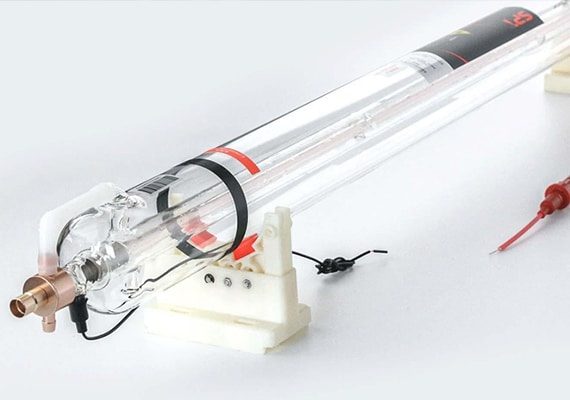
The machine is equipped with a powerful CO2 laser tube, which can provide precise and efficient cutting and engraving performance on various materials, including acrylic, wood, leather, fabric, glass, and so on. A high-powered laser tube ensures clean, precise cuts and smooth edges, while also enabling detailed engraving, making it suitable for intricate designs and industrial applications.
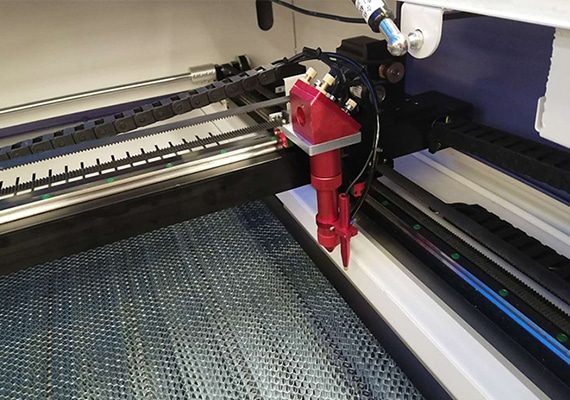
The high-precision CO2 laser head is selected, and it has a red dot positioning function to ensure that the laser beam is precisely aligned with the focusing optics and the nozzle. An accurate laser beam contributes to consistent and uniform cutting results. Additionally, the CO2 laser head is equipped with height control, which ensures consistent focus and compensates for any variations in material thickness or uneven surfaces.
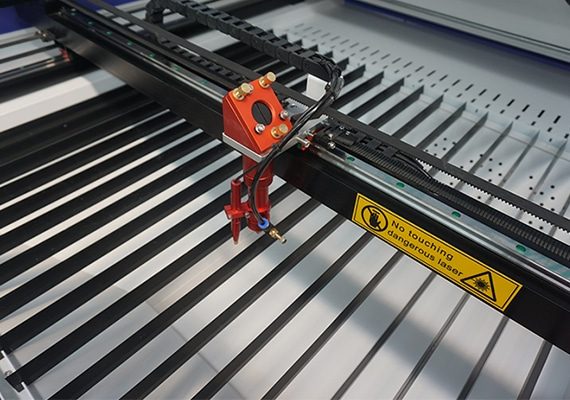
The machine is equipped with an advanced motion system to ensure smooth and accurate movement of the laser head during cutting and engraving. This precise motion control enables clean, sharp cuts while also enabling detailed and intricate engraving on a variety of materials.
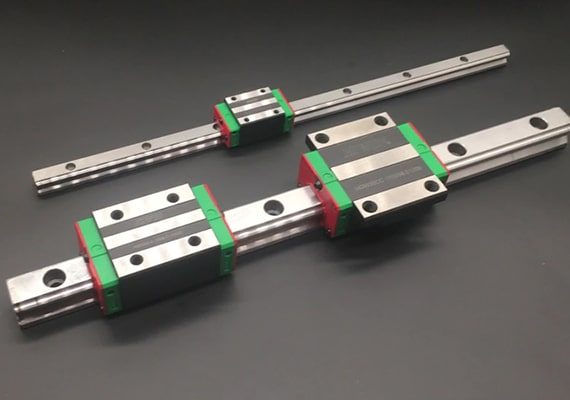
The machine is equipped with a Taiwan HIWIN guide rail with excellent precision. HIWIN is manufactured to tight tolerances, ensuring smooth and stable linear motion. This level of precision contributes to accurate and consistent laser cutting, especially when working with intricate designs and fine details. In addition, HIWIN rails are designed to minimize friction, resulting in smooth and quiet movement.
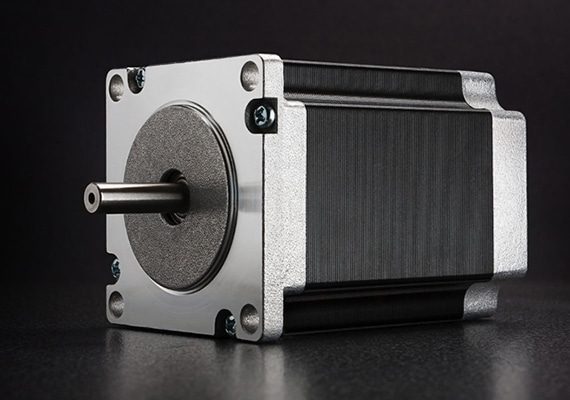
The machine adopts a stepper motor with strong power and reliable performance to ensure the normal operation of the machine. Not only are stepper motors cost-effective, but they also provide precise control of moving parts, ensuring high-quality laser cutting and stable positioning of optical components for reliable, efficient operation.
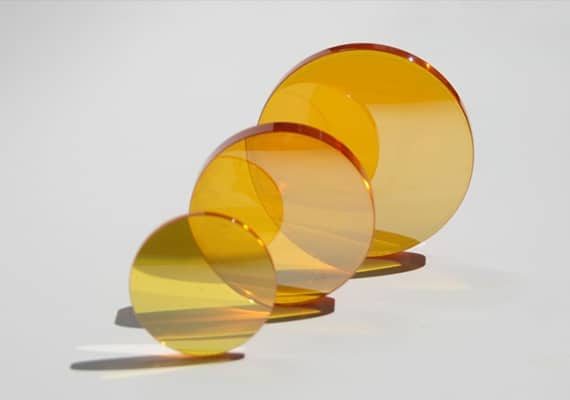
The machine is equipped with high-quality optics capable of producing a narrower, more stable laser beam, ensuring precise cutting paths and cleaner edges even on complex designs and delicate materials. In addition, high-quality optics help reduce beam divergence and losses, thereby improving energy efficiency.
| Model | AKJ-6040 | AKJ-6090 | AKJ-1390 | AKJ-1610 | AKJ-1810 | AKJ-1325 | AKJ-1530 |
|---|---|---|---|---|---|---|---|
| Working Area | 600*400mm | 600*900mm | 1300*900mm | 1600*1000mm | 1800*1000mm | 1300*2500mm | 1500*3000mm |
| Laser Type | CO2 Laser | ||||||
| Laser Power | 80-300W | ||||||
| Power Supply | 220V/50HZ, 110V/60HZ | ||||||
| Cutting Speed | 0-20000mm/min | ||||||
| Engraving Speed | 0-40000mm/min | ||||||
| Min Line Width | ≤0.15mm | ||||||
| Position Accuracy | 0.01mm | ||||||
| Repetition Accuracy | 0.02mm | ||||||
| Cooling System | Water Cooling | ||||||
| Laser Power | Cutting Speed | 3mm | 5mm | 8mm | 10mm | 15mm | 20mm |
|---|---|---|---|---|---|---|---|
| 25W | Max Cutting Speed | 5mm/s | 2mm/s | / | / | / | / |
| Optimal Cutting Speed | 3.5mm/s | / | / | / | / | / | |
| 40W | Max Cutting Speed | 10mm/s | 5mm/s | 2mm/s | / | / | / |
| Optimal Cutting Speed | 8mm/s | 3.5mm/s | / | / | / | / | |
| 60W | Max Cutting Speed | 15mm/s | 10mm/s | 5mm/s | 2mm/s | / | / |
| Optimal Cutting Speed | 12mm/s | 8mm/s | 3.5mm/s | / | / | / | |
| 80W | Max Cutting Speed | 20mm/s | 13mm/s | 10mm/s | 5mm/s | / | / |
| Optimal Cutting Speed | 15mm/s | 10mm/s | 8mm/s | 3.5mm/s | / | / | |
| 100W | Max Cutting Speed | 23mm/s | 15mm/s | 13mm/s | 8mm/s | 2.5mm/s | / |
| Optimal Cutting Speed | 18mm/s | 13mm/s | 10mm/s | 5mm/s | / | / | |
| 130W | Max Cutting Speed | 25mm/s | 18mm/s | 13mm/s | 9mm/s | 4mm/s | / |
| Optimal Cutting Speed | 20mm/s | 15mm/s | 10mm/s | 6.5mm/s | 3mm/s | / | |
| 150W | Max Cutting Speed | 30mm/s | 21mm/s | 15mm/s | 12mm/s | 7mm/s | 4mm/s |
| Optimal Cutting Speed | 25mm/s | 18mm/s | 13mm/s | 9mm/s | 5.5mm/s | / | |
| 180W | Max Cutting Speed | 33mm/s | 25mm/s | 18mm/s | 14mm/s | 9mm/s | 5mm/s |
| Optimal Cutting Speed | 28mm/s | 21mm/s | 15mm/s | 11mm/s | 7mm/s | 4mm/s | |
| 200W | Max Cutting Speed | 40mm/s | 30mm/s | 25mm/s | 18mm/s | 12mm/s | 8mm/s |
| Optimal Cutting Speed | 35mm/s | 25mm/s | 20mm/s | 15mm/s | 10mm/s | 7mm/s |
| Features | Router Cutting | CNC Routing | Miter Saw Cutting | Hand Tool Cutting |
|---|---|---|---|---|
| Precise Cuts | Yes | Yes | Yes | No |
| Intricate Designs | Yes | Yes | No | No |
| Minimal Material Waste | Yes | Depends on Routing | No | No |
| Suitable for Angled Cuts | No | No | Yes | No |
| Automation | Yes | Yes | No | No |
| Skill Required | Moderate | Moderate | Moderate | High |
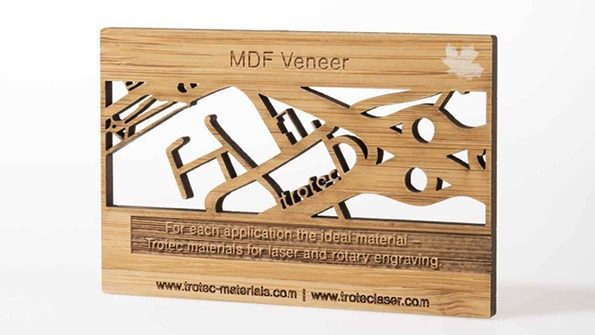
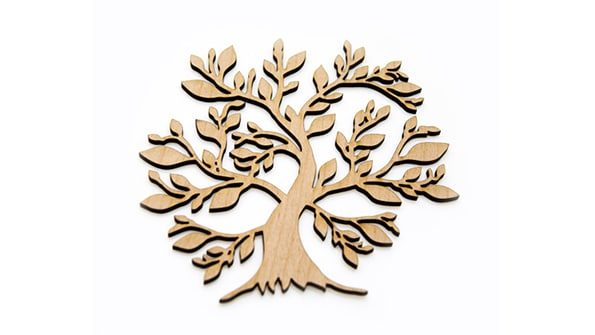
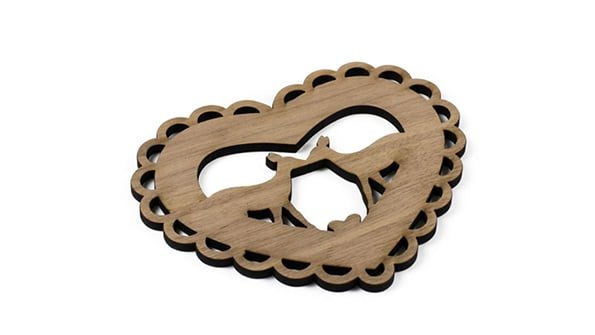
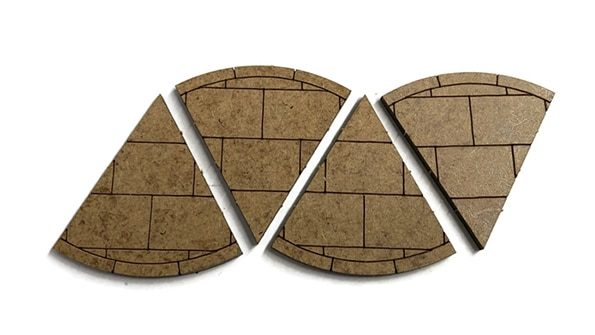
MDF stands for medium-density fiberboard. It is an engineered wood product made from wood fibers, waxes, and resins that are compressed and heated to form a dense slab. MDF is known for its uniform density and smooth surface, making it a versatile and popular choice for various construction, carpentry, and furniture-making applications.
Despite its many advantages, it’s worth noting that MDF is not suitable for outdoor applications or areas with high humidity, as it can absorb water and swell. Proper sealing and finishing are therefore required to protect MDF from moisture damage.
Yes, MDF (Medium Density Fibreboard) can be laser cut. Laser cutting is an efficient and precise method of cutting MDF into a variety of shapes and designs. The laser beam shines directly onto the MDF surface and heats, melts, or vaporizes the material along the cutting path, resulting in clean, accurate cuts.
Smoke is produced when laser cutting MDF, so proper ventilation and safety precautions are required to maintain a safe working environment. Additionally, the type of laser, its power, and the specific settings used will affect the quality and speed of the cutting process, so adjustments may need to be made depending on the desired results and the characteristics of the MDF used.
Cutting lenses for laser cutting MDF are typically in the range of ±0.1 to 0.5 mm (or approximately ±0.004 to ±0.02 inches). This range covers the typical error range for precise cuts when using a laser cutting machine on MDF material. The exact accuracy within this range depends on the quality of the laser cutting machine, the accuracy of its control system, and the settings used during the cutting process.
High-end laser cutting machines with advanced optics and precise motion control systems can usually achieve the lower end of this accuracy range, while lower-quality machines may only be able to achieve the upper end of the range. However, even at the upper end of the range, laser cutting MDF is still a highly accurate and precise method of achieving complex and detailed cuts.
The thickness of medium-density fiberboard (MDF) that a laser cutting machine can cut depends on a variety of factors, including the power of the laser generator, the capabilities of the specific machine, and the quality of the cut required. Generally speaking, CO2 laser cutting machines are capable of cutting MDF within a certain thickness range. The following guide provides a rough estimate:
Keep in mind that the actual cutting capabilities of a CO2 laser cutting machine may vary depending on its design, optics, and manufacturer. In addition, material quality, density, and specific MDF batches can also affect the cutting process. It is recommended to consult the manufacturer’s recommendations for your specific CO2 laser cutting machine and make test cuts to determine the best settings and thickness limits for your specific MDF material. Additionally, always follow safety precautions, including proper ventilation and eye protection, when operating laser-cutting equipment.
Both MDF (medium-density fiberboard) and plywood are suitable for laser cutting, but the choice between the two depends on your specific needs and project requirements. Let’s compare the friendliness of MDF and plywood for laser cutting:
MDF is often considered better suited for laser cutting when precision, smooth edges, and intricate designs are critical. Plywood, on the other hand, is better suited when you want a natural wood look, need greater structural strength, or require a specific wood grain aesthetic. Ultimately, the choice between MDF and plywood depends on the specific features and aesthetics required for your project.
Laser cutting machine settings for MDF can vary depending on several factors, including laser power, thickness and density of the MDF, and the specific machine you are using. While we can’t give you exact laser settings, there are some general guidelines to help you get started cutting MDF with a laser:
This guide is only a general guideline and you may need to adjust it based on the characteristics of your specific laser cutting machine and the MDF you are using. It is recommended to consult your laser cutting machine‘s user manual and perform a test cut to fine-tune the settings for your specific requirements.
Laser cutting MDF (medium-density fibreboard) is an efficient and precise process, but it does come with certain risks and hazards that must be managed to ensure a safe working environment. Here are some potential hazards associated with laser cutting MDF:
To mitigate the dangers when laser cutting MDF, strict safety guidelines must be followed, including:
By adhering to safety best practices and guidelines, the risks associated with laser cutting MDF can be minimized, creating a safer working environment for operators and preventing accidents and health issues.
Laser cutting is a popular method for cutting medium-density fiberboard (MDF) because of its precision and versatility. But like any manufacturing process, laser cutting MDF has its drawbacks and limitations:
Despite these drawbacks, laser-cutting MDF is still a popular choice. Many of these issues can be mitigated or solved with the proper equipment, settings, and security measures. These factors should be considered when deciding whether laser cutting is the right choice for a specific project. Proper safety measures and maintenance can help mitigate these disadvantages and ensure optimal results.
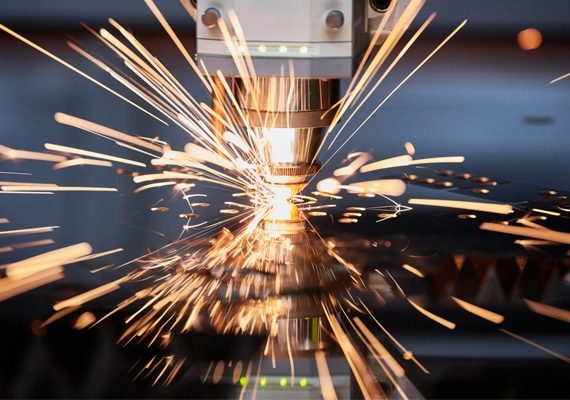
With years of experience in laser cutting technology, we have honed our expertise to provide cutting-edge solutions tailored to your unique needs. Our team of skilled engineers and technicians has the in-depth knowledge to ensure you get the perfect laser-cutting machine for your specific application.
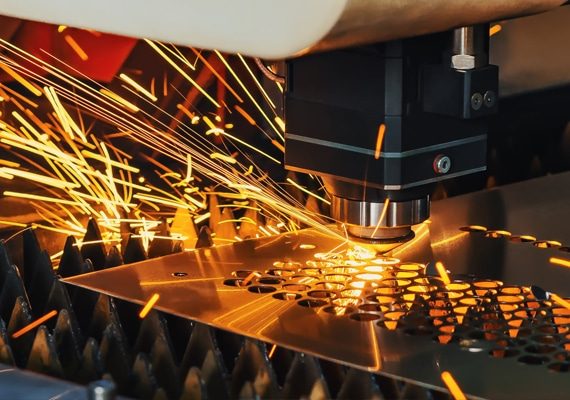
At AccTek Laser, we build strong relationships with our clients. Our dedicated support team provides prompt assistance and after-sales service to keep your laser-cutting machine running at its best for years to come. Your satisfaction is our top priority and we will help you every step of the way.
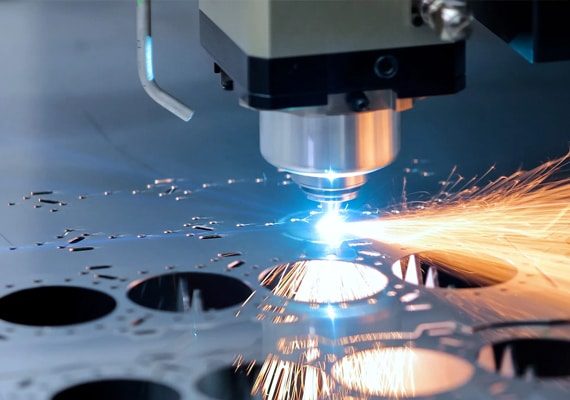
Quality is the cornerstone of our manufacturing process. Every laser-cutting machine is rigorously tested and adheres to strict quality control standards, ensuring that the product you receive meets the highest industry benchmarks. Our dedication to quality ensures you get a machine that performs consistently and delivers perfect cuts every time.
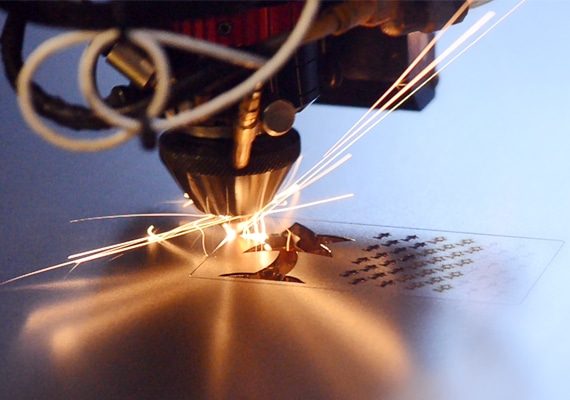
We understand the importance of cost efficiency in today’s competitive landscape. Our laser-cutting machines can provide excellent value for your investment, minimizing downtime and reducing operating costs while maximizing productivity and efficiency.
4 reviews for MDF Laser Cutting Machine
John –
Essential equipment for our workshop. The CO2 laser cutter streamlines our workflow, saving time and resources effectively.
Noah –
Impressive cutting capabilities from our CO2 laser cutting machine. It’s fast, accurate, and provides outstanding results consistently.
Nam –
The exceptional value proposition with our CO2 laser cutter. It’s durable, efficient, and exceeds our expectations in terms of performance.
Noor –
Seamless operation with our CO2 laser machine. It’s user-friendly, efficient, and consistently delivers exceptional cutting quality.